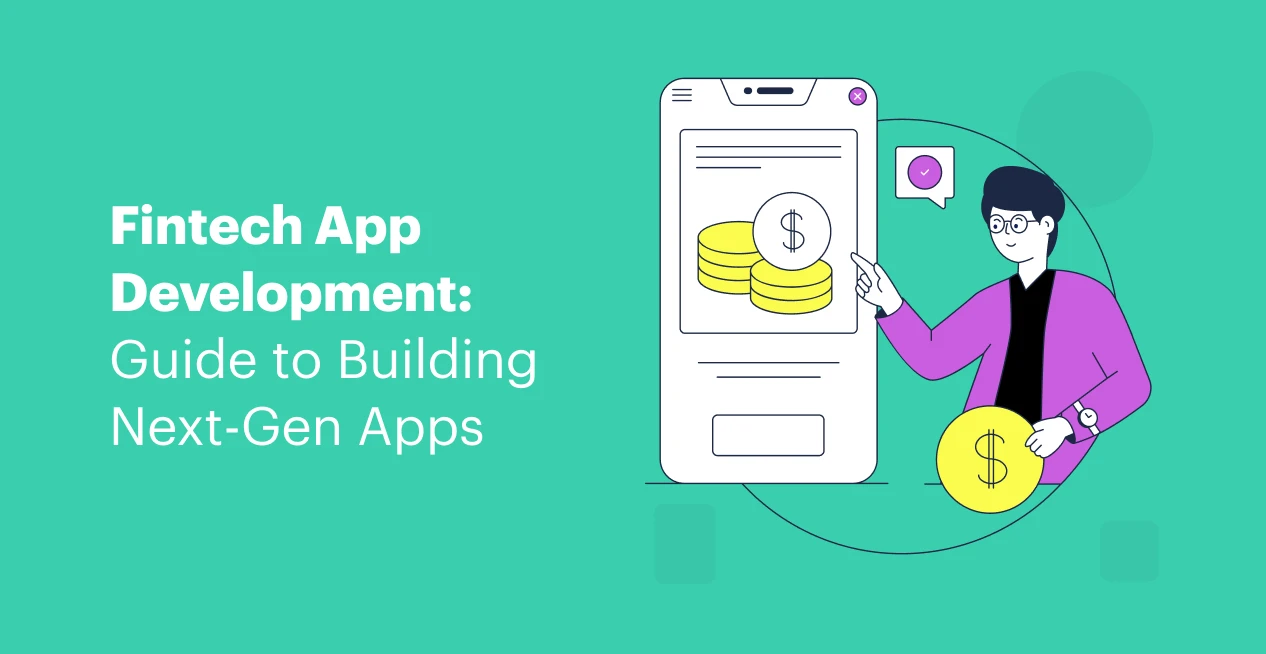-
Introduction
-
Payment Gateways
- Functions of Payment Gateway
-
Payment Gateways in Mobile applications - Integration and Benefits
-
Steps to integrate Payment Gateways in Mobile apps
-
Advantages of payment gateway in Mobile Applications
-
Payment Gateway Integration Cost and Time taken for in mobile applications
-
Conclusion
Introduction
With industries undergoing large-scale digital transformation, it is not long before businesses and customers will completely shift to online marketplaces for purchases, with very few brick-and-mortar stores. This transformation is also supported by the one certain fact that payment gateways can now be easily integrated into apps and websites. Back in 2006, with most payments turning obsolete, a group of young entrepreneurs from the Netherlands created Ayden, the world’s first modern payment gateway.
Fast forward to today, Ayden has processed almost 250 trillion dollars and powers corporate giants such as Uber and Spotify. Ever since, many successful payment gateways have been introduced in various industries and each one is more secure than the other. Let us first study about Payment Gateways and their functions.
Payment Gateways
Payment gateways are referred to an online network which enables businesses and customers to complete and initiate transactions. They are digital counterparts of POS (Point of sale) terminals used at most physical stores. Payment gateways help users accept multiple modes of digital payments. Below are a few functions of Payment gateways to keep in mind.
Functions of Payment Gateway
Payment Gateways has two main functions – fundamental functions including end-user payment functions and non-essential, value-added functions. Given below are a few crucial functions a payment gateway takes care of:
Authorization
First and foremost, payment gateways confirm the customer’s payment information including bank account information, balance, and other details. This maintains and ensures the integrity of the gateway and transaction. These checks are performed in real-time and help detect fraud and breaches in the network.
Encryption
Since a lot is at stake in a business transaction, payment gateways often use robust encryption techniques and algorithms to secure sensitive customer information that is shared during any transaction. Secure protocols like TLS (Transport Layer Security) or SSL (Secure Socket Layer) employed by the payment gateway ensure a secure connection between the user and the gateway. This ensures that the data remains encrypted and safe from unauthorized and fraudulent access.
Payment Processing
Post authorization from the payment gateway, the next phase is where payment is processed. This includes the secure transfer of payment details from the user/customer to the merchant bank and back. The payment gateway also acts as a reliable medium between different stakeholders, including the issuing bank, acquiring bank, and card networks, to facilitate the transfer of funds.
Multiple Payment Methods
Payment gateways, these days, support multiple payment methods including credit and debit cards, online banking, and wallets along with alternative payment options. These versatile options facilitate customer interaction and ease up online purchases for customers. Merchant sites, on the other hand, can accept payments through different channels as per customer preferences thereby enhancing the overall user experience.
Quick Currency Conversion
Payment gateway transactions that are handled internationally are equipped with currency conversion services that convert the transaction amount from the customer’s currency to the merchant’s currency in real-time exchange rates. Quick online currency conversion ensures cross-border transactions and allows businesses to expand their customer base internationally.
Transaction Reporting and Analytics
New-age Payment gateways are known to provide comprehensive reports along with effective analytics tools that enable merchants to map and analyze transactional data. These tools help merchant sites study sales metrics such as sales, refunds, chargebacks, revenue, etc. These insights are crucial for businesses in making informed decisions and optimizing their payment processes.
Subscriptions Management
Merchants offering subscription-based services to their customers, often opt for payment gateways which can support recurring payments. They allow merchants to set up recurring billing cycles, automate payments, and manage customer subscriptions seamlessly.
Seamless Integration
APIs (Application Programming Interfaces) and various plugins in payment gateways facilitate simplified integration with e-commerce platforms, mobile apps, and web applications. Merchants can also install payment gateway into their existing systems and thus streamline their payment process.
Payment Gateways in Mobile applications – Integration and Benefits
Lately, there has been a considerable increase in digital transformation in conventional business models and customers’ preference for the same. Payment Gateways work wonders for online transactions. How so? Let’s take an example of hailing a cab and taking a taxi ride. Imagine waiting for a taxi without any certainty and having to fumble for cash in rush hour, when one is already running late. It’s primitive and time-consuming. Instead, digitally booking a cab and paying the cab driver through a mobile application not only saves time and hassle but also gets documented in the app for future reference. Sometimes all the rider needs to do is book a ride and scan a QR code and the amount is automatically debited either from the account or digital wallet. This is one of many ways integration of a payment gateway in a mobile app can help revolutionize the way we depend on our surroundings.
Steps to integrate Payment Gateways in Mobile apps

Integrating Payment Gateway into mobile applications is easy. All one need to do is follow the simple steps:
- Pick a payment gateway as per your preferences
- Register your account with the chosen gateway company
- Next step includes setting up Application Programming Interface for the gateway along with a software development Kit for the mobile application.
- It is also important to test the integration and functionality of the setup of APIs and SDK.
- The last step is to launch your application.
Advantages of payment gateway in Mobile Applications
Payment gateways in mobile applications come with a host of benefits. Given are a few benefits of payment gateway integration:
- Effortless and convenient payment options
- Very Secure Transactions
- Automated Trip Fare Calculations
- Automated-Driver Management
- Timely Driver Payout
- Cash free riding options
- Saves a lot of time
- Increases cash flow
- Reduces Labour costs considerably
- High-speed transaction
Payment Gateway Integration Cost and Time taken for in mobile applications
Similar to the application development cost of a mobile application, the cost of integrating a payment gateway depends on various factors such as type, complexity, services of integration, and many more. However, it can cost anywhere around $10000 to $15,000 to integrate a payment gateway in a digitized taxi service.
As far as the amount required to integrate a payment gateway is concerned, there are a few software development companies that have successfully integrated payment gateways in 2 months. However, it can also take up to 6 months for the same, depending upon the condition of the existing software infrastructure and requirements.
Conclusion
On-demand mobile apps are all the rage right now and are an interesting business opportunity to get started with. Businesses looking to create mobile applications and wanting to integrate them with payment gateways must look to find the right mobile app development company best suited for their project. OpenXcell is one such company that can help you hire developers with hands-on experience and expertise.









